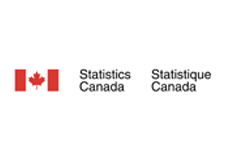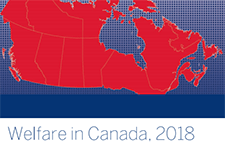The COVID-19 pandemic and post-pandemic recovery were “feast and famine” for the budgets of low-income families and individuals across Canada. Because of the income support programs put in place to help Canadians affected by workplace shutdowns, the poverty rate fell to 6.4% in 2020, down by 3.9 percentage points from the previous year. In 2021 and 2022, as the support programs ended and high inflation raised the cost of essentials, the poverty rate rose to 9.9% in 2022, with the expectation that it would continue to rise in 2023. This increased proportion of Canadians living below the poverty line amid the higher cost of living in recent years has become a concern for policy makers.
This paper examines the population living in DIP (deep income poverty) from 2015 to 2022 by analyzing the demographic groups in DIP over time and how the DIP measure compares with other poverty dashboard indicators, such as unmet health and housing needs and food insecurity, to deepen the understanding of poverty.
Access this resource to read the full research paper.




